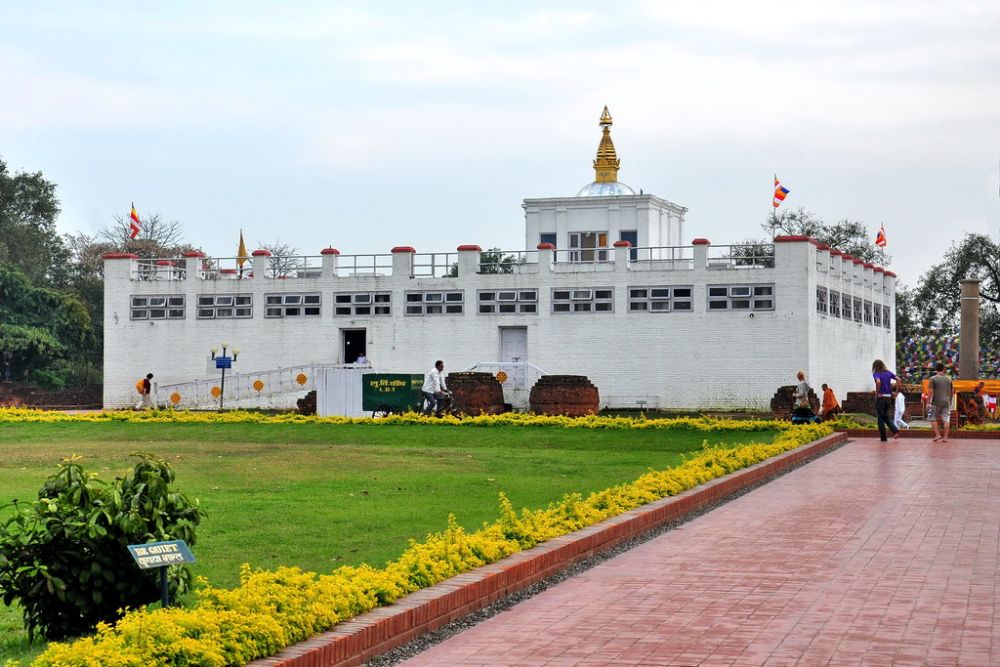

The Maya Devi Temple in Lumbini, Nepal, stands as a testament to the historical and spiritual significance of this revered site. It marks the precise location where Queen Maya Devi gave birth to Siddhartha Gautama, who later became known as Buddha. The complex is a focal point for pilgrims and historians alike, forming a cornerstone of Buddhist religious travel itineraries.
The origin of Lumbini as a pilgrimage destination traces back to the early recognition by Emperor Ashoka, who, in the 3rd century BCE, visited Lumbini and erected a stone pillar bearing an inscription confirming it as the birthplace of the Buddha. This acted as a catalyst for the initial development of Lumbini as a pilgrimage site, although the area was later neglected and lost its prominence over the centuries.
The resurrection of Lumbini's status as a major spiritual center began with its rediscovery in 1896 by the archaeologist General Khadga Samsher Rana and the German archaeologist Dr. Alois Anton Führer. Excavations uncovered the Ashokan pillar and remnants of ancient monasteries and the sacred pond. Further archaeological work led to the unearthing of the Maya Devi Temple's foundations, establishing its importance in Buddhist heritage.
In 1997, Lumbini was designated as a UNESCO World Heritage Site, recognizing its universal value and initiating a new era of restoration, conservation, and development. This global acknowledgment propelled a substantial growth in tourism, with increasing numbers of visitors from around the world arriving to pay homage to one of the most significant spiritual sites in the Buddhist faith.
To cater to the growing influx of tourists, amenities and infrastructure around Maya Devi Temple were enhanced. The Lumbini Development Trust was established to manage the growth sustainably, ensuring that the site's sanctity is maintained while accommodating visitors. Facilities such as meditation centers, monasteries, museums, and guesthouses have been developed, making Lumbini a well-rounded spiritual and cultural destination.
With the evolution of experience-centric travel, contemporary tourism trends in the precincts of Maya Devi Temple involve immersive cultural experiences. Pilgrims partake in guided tours, meditation sessions, and religious discourses. There's a heightened interest in understanding the historicity of Buddha's life, leading to increased engagement in educational programs and archaeological studies at Lumbini.
Eco-friendly tourism practices have also begun to take root in Lumbini, with sustainable operation models being incorporated in the management of the heritage site. Tourists are encouraged to leave minimal environmental footprints, thereby aiding in the preservation of this sacred and historic setting for future generations.
In conclusion, Maya Devi Temple's historical importance continues to resonate deeply with a global audience, reflected in its ever-evolving tourism landscape. The site's interlacing of cultural history and spirituality maintains its position as an indispensable destination on the global tourism map.